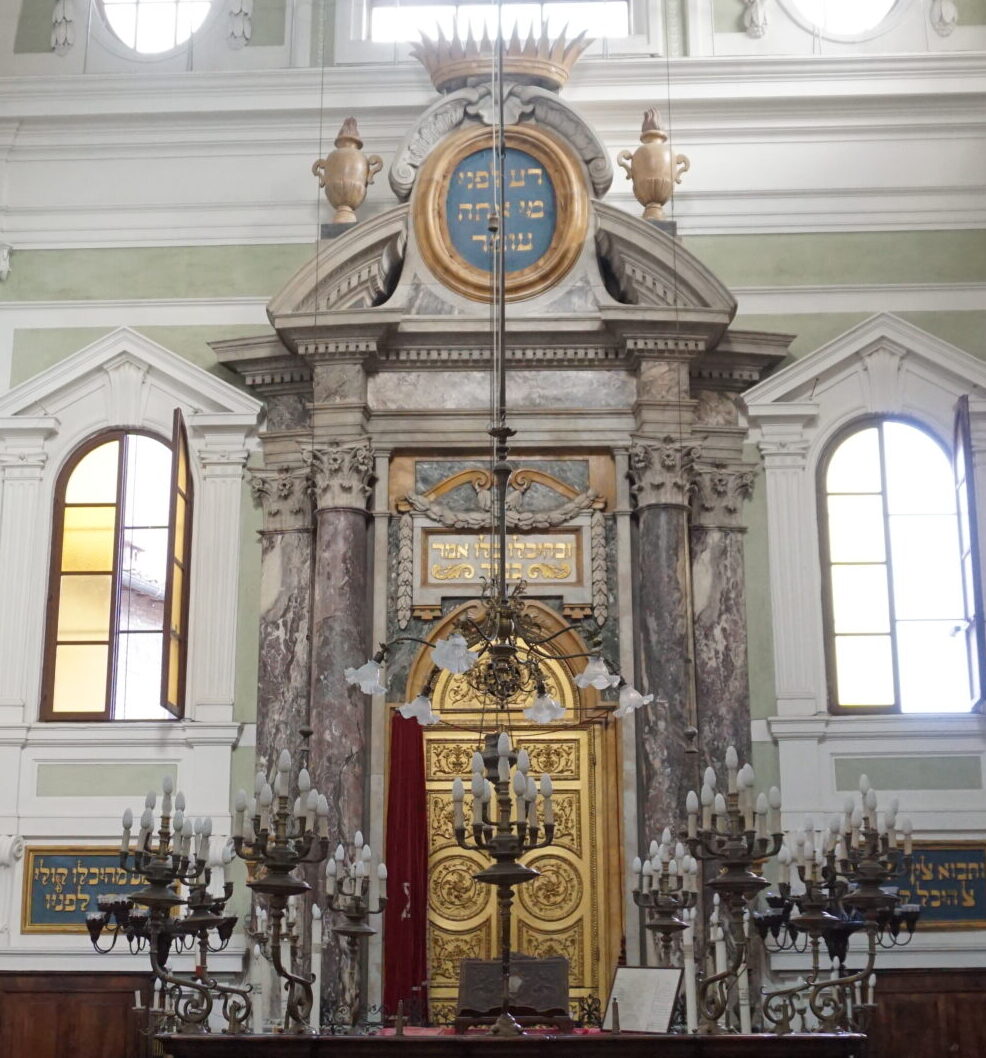Email [email protected]
Put “sign letter” in subject line
Include your full name, title, and affiliation (or “independent scholar”)
We will begin to list names after the Association for Jewish Studies conference
An Open Letter to the Members of Congregation Beth Israel, West Hartford, Connecticut
We, the undersigned scholars of Jewish history, communities, art, and architecture strongly support the preservation of the historic Deborah Chapel at Beth Israel Cemetery in Hartford, Connecticut, owned by Congregation Beth Israel. The proposed demolition of this 135-year-old, structurally sound funeral chapel and mortuary building by the congregation would be an irredeemable cultural loss. The Deborah Chapel, which was built and run by the Deborah Ladies Society, is distinctive in its history, purpose, and in situ location in a historic cemetery. It is an important piece in the story of Hartford’s Jewish community and represents the many lost stories of American Jewish women from other cities and towns.
The Chapel is architecturally noteworthy and historically significant for its role in Jewish funerary tradition. It is also a visible testimony to Jewish women’s involvement in Hartford’s civic fabric and charitable institutions. It is the second oldest surviving purpose-built Jewish building in Connecticut, and perhaps the oldest surviving Jewish mortuary chapel in the United States. The Chapel contributes to the historic fabric of its Hartford neighborhood and is included in the National Register Historic District that encompasses parts of Hartford’s Zion Hill and Frog Hollow.
The Deborah Chapel (Beth Tahara, Beis Tahare) was built in 1886 by the German-speaking Hartford Ladies’ Deborah Society. Assuring a proper process and place for burial is, according to Jewish law, the truest act of kindness. The act of tahara, the ritual cleansing and dressing of a body before burial, is an essential responsibility of any Jewish community. Independent Deborah Societies were founded beginning in the 1850s in different cities to channel the increased – and essential – involvement of American Jewish women in the operation and survival of synagogue congregations and Jewish communities. Congregation Beth Israel’s esteemed Rabbi Abraham J. Feldman recognized this history when the congregation published a book for its 1943 centenary that included an entire section about the value and historic importance of the Deborah Society, founded on May 1st, 1854. Rabbi Feldman wrote:
“The first Jewish woman’s society in Hartford, probably the first in Connecticut. It began as a sick visiting – a sick benefits society, until recently the society had also an insurance feature. The Members prepared shrouds for the dead. They made layettes for the children of the poor. They stayed up with the mourners. They provided clothing for the needy. They were the original case workers’ of the Jewish community of Hartford. They endowed a free bed at Saint Francis Hospital and a Deborah Room in the Newington Home for Crippled Children.”
Beyond its local significance, the Deborah Chapel is a historically distinctive, material representation of the changing role of 19th century German-speaking immigrant Jewish women. Jewish immigrant communities survived and often flourished where female leaders established cemeteries, synagogues, schools, libraries, as well as a wide range of charitable institutions. Rabbi Feldman’s centenary book goes on to warmly describe the society’s contributions, most especially their work in this funeral chapel.
American Jewish women created much-needed organizational and administrative roles for themselves within the Jewish community in a way that was largely unknown in Europe. The Deborah Societies and Ladies Auxiliary Societies as well as Synagogue Sisterhoods of Service were the organizational expression of a gender shift that was important to the survival of these communities and their ability to absorb new immigrants. These organizational roles also fostered subsequent female professionalization in a number of fields, including administration, social work and education.
In the past several years, many types of Jewish historic sites have been preserved, and often creatively and adaptively repurposed. In Europe, there has been widespread interest in developing Jewish heritage routes and facilitating educational visits to cemeteries. Many Jewish mortuary chapels have been restored. This process has begun in the United States as well. Mount Sinai Cemetery in Philadelphia is proud of its chapel designed by a famous local architect, and the mortuary chapel at the Ohabei Shalom Cemetery of East Boston is being developed as an immigrant center with a permanent exhibit on its Jewish community’s immigrant history. Each site is individual and suggests its own solutions. We believe there are many possible new functions for Hartford’s Deborah Chapel.
We urge Congregation Beth Israel to work with the City of Hartford, local philanthropists and community non-profits to protect and preserve the building, promote and display its historical significance and maintain its Jewish identity, so it can continue to serve the Jewish and wider greater Hartford communities. Based on the example of other Jewish communities and municipalities, we are confident that this can be done so as to protect the Congregation from financial expense and liability.
Like Rabbi Feldman, we should take pride in the history of the Deborah Society and its Chapel. We believe and hope that a suburban-urban partnership uniting the Temple and its Hartford neighbors to protect, preserve and present the Deborah Chapel can build bridges and reknit ties that bind communities together.
Thank you for your consideration,
SCHOLARS AND TEACHERS ADD YOUR NAME HERE:
Email [email protected]
Put “sign letter” in subject line
Include your full name, title, and affiliation (or “independent scholar”)

